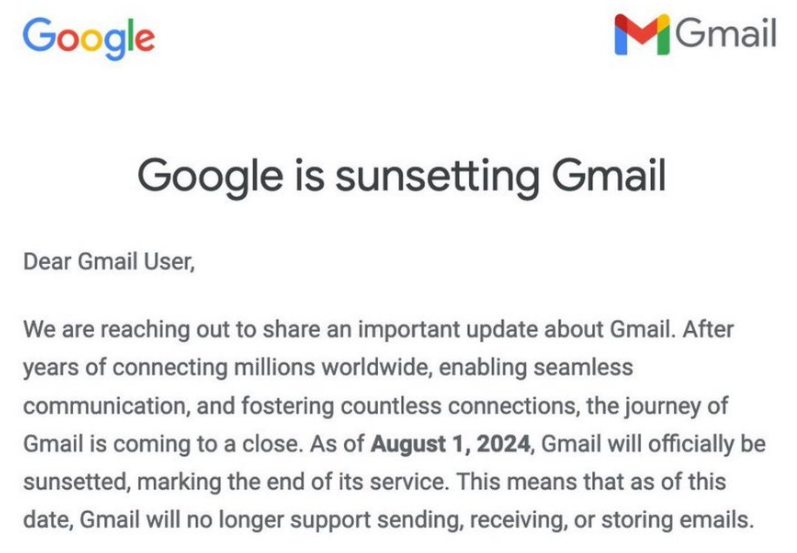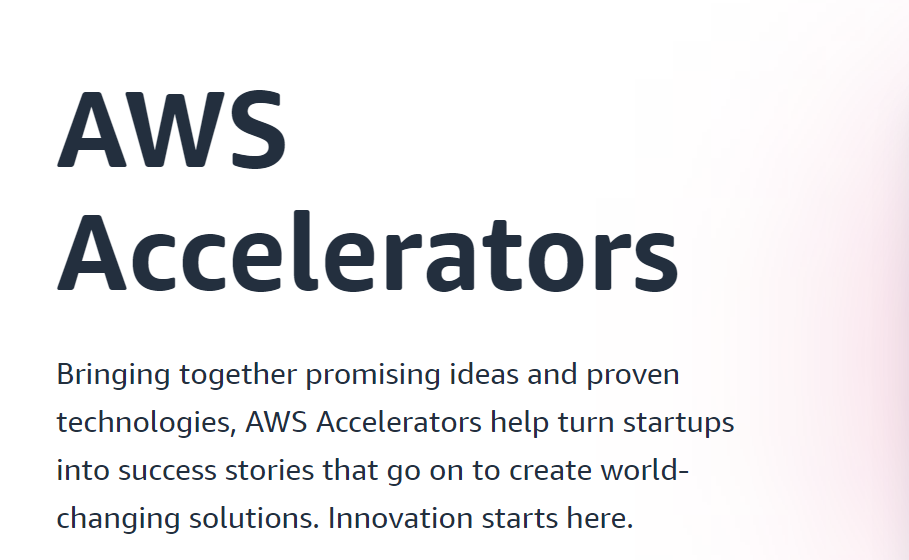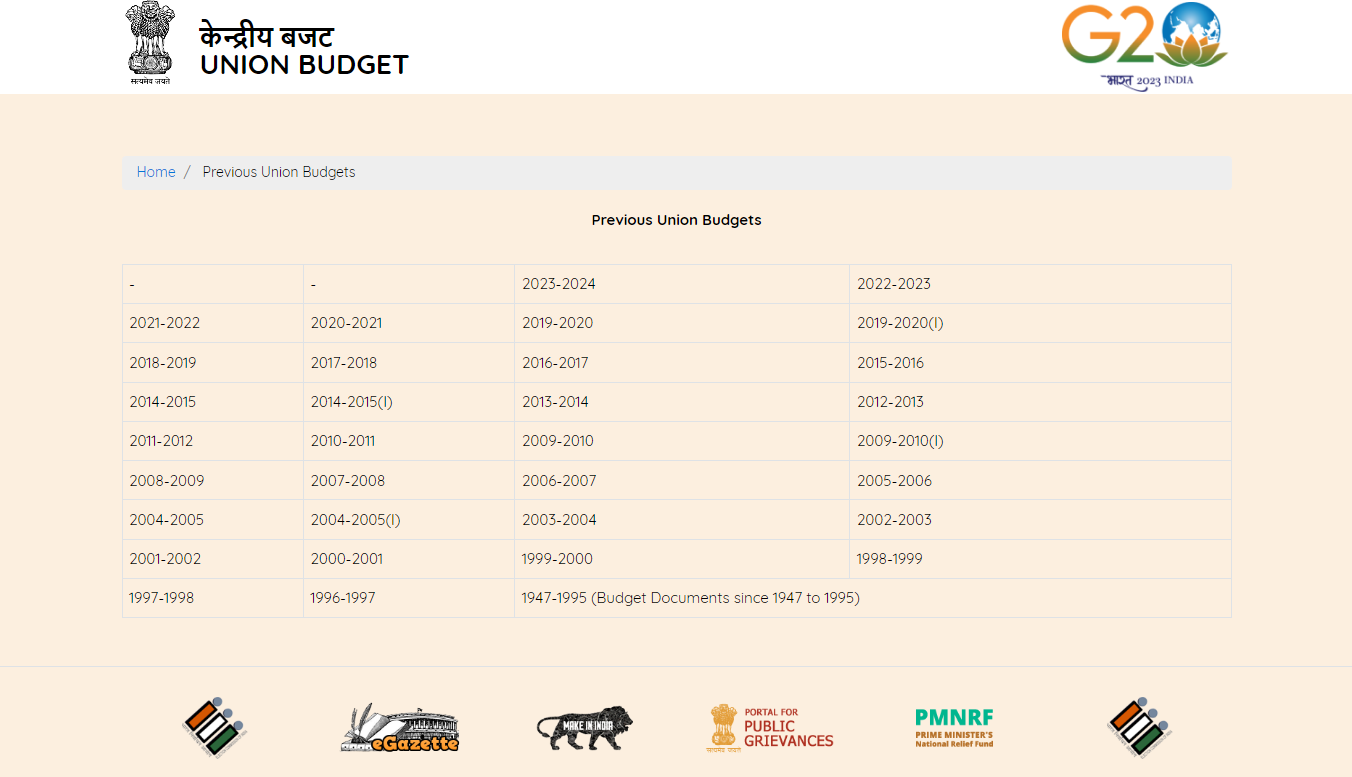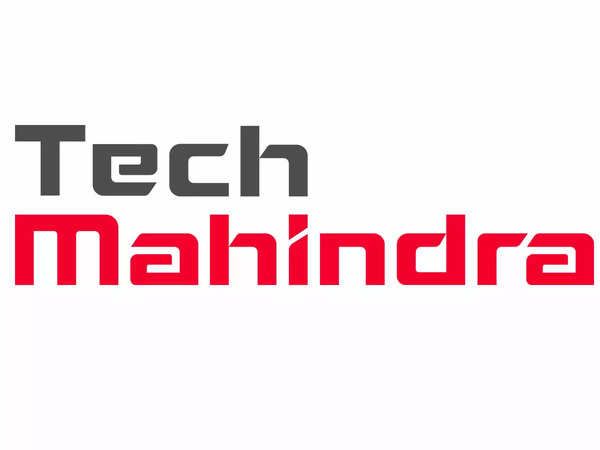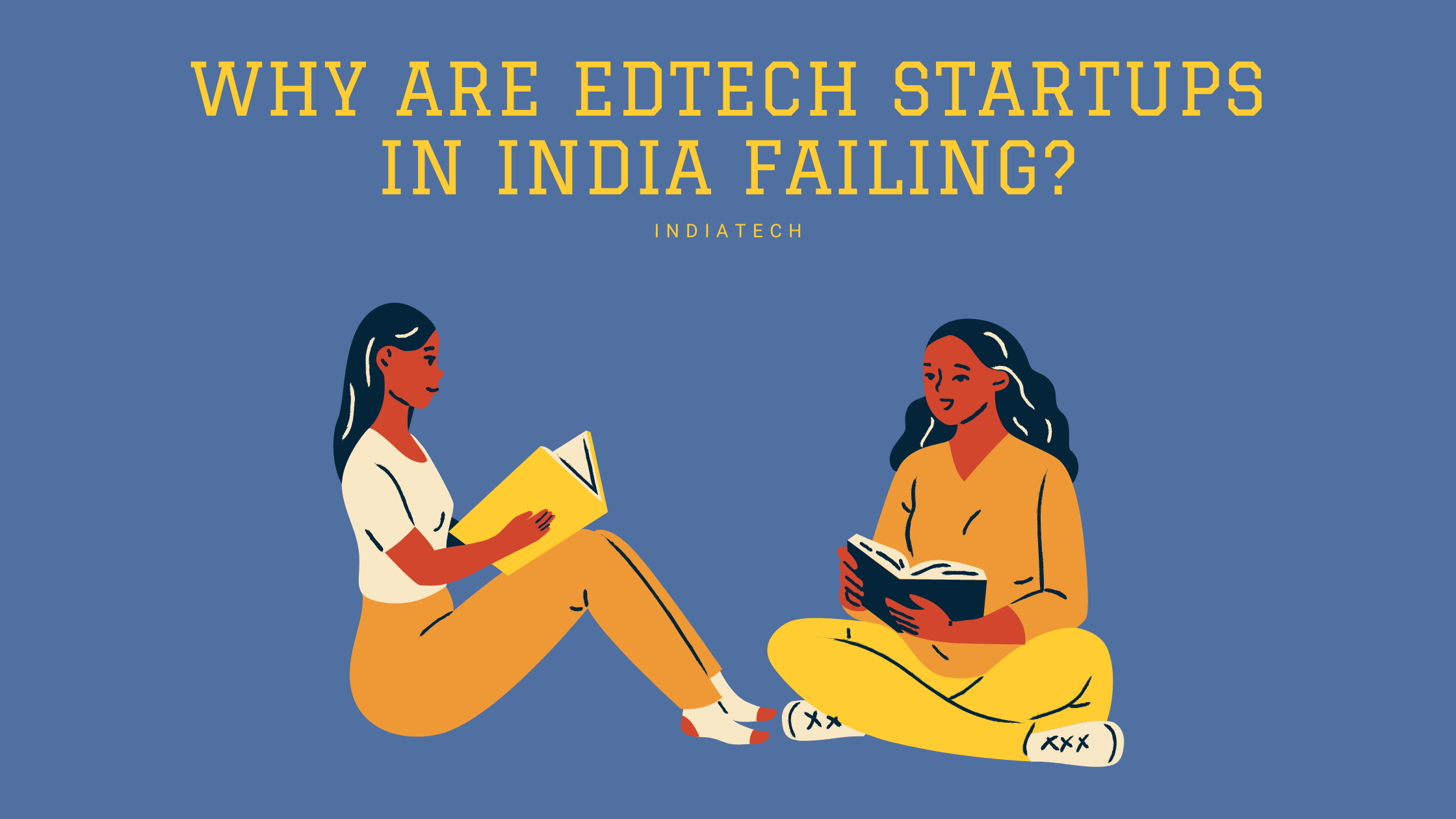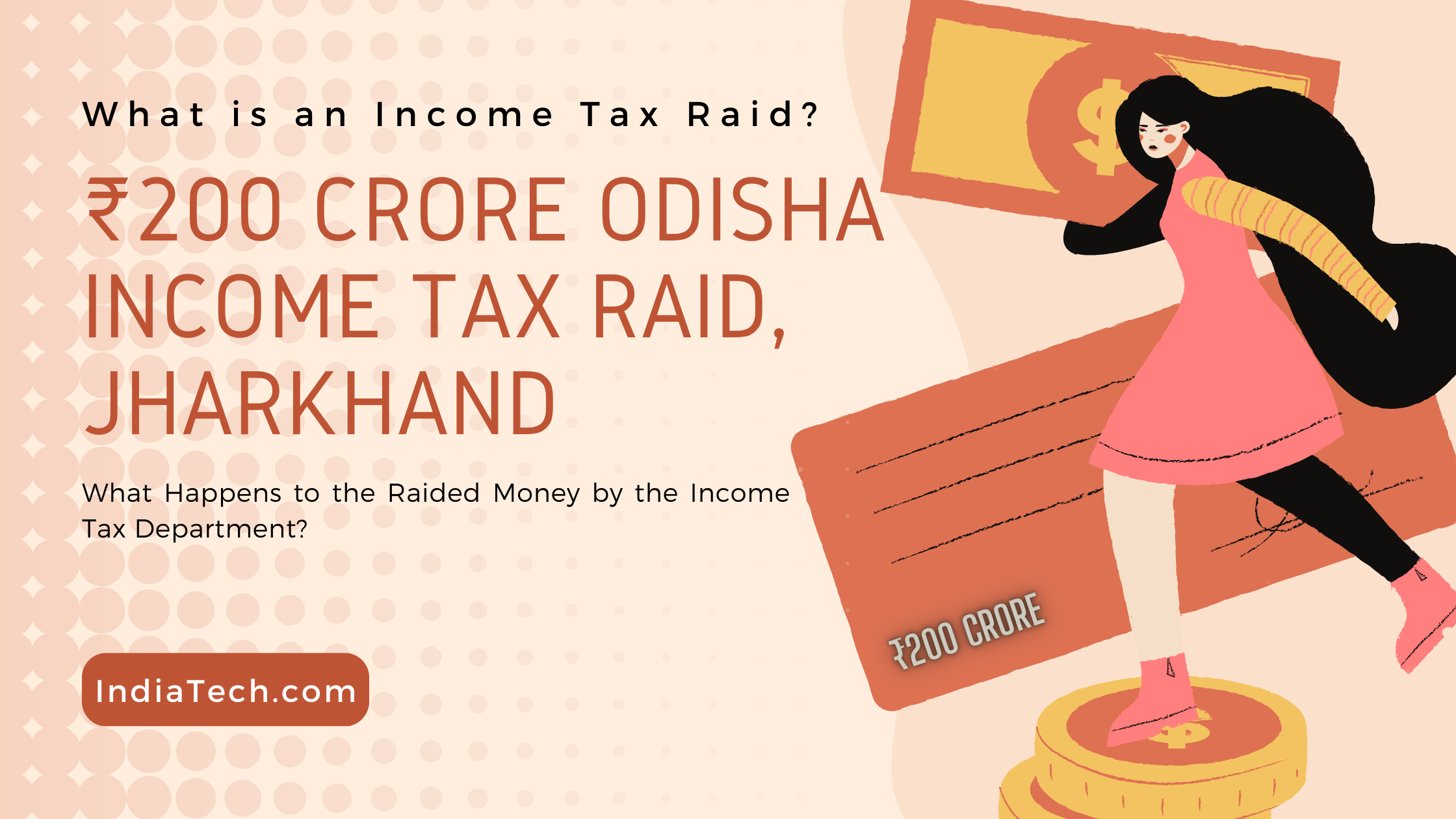Table of contents
Neobanking (1) is considered to be the most crucial fintech innovation to have appeared in recent years. It is the next evolutionary step in the banking industry after online payments, mobile banking, app-based banking, and net banking.
In 48 deals between 2014 and H1 2022 (2), Indian neo-banking startups raised $869 million, according to the State of Indian Fintech Report (3), Q3 2022. Neobanks also raised $131 million across 16 transactions between 2014 and 2020, and during the 18 months that ended on June 30, 2022, the funding increased at a CAGR of 216% to $738 million across 32 transactions.
Neobanking startups raised $416 million in 18 deals in 2021 while securing funding of $322 million in just the first half of 2022, which seems to be a back-on-track indication of surpassing 2021's cumulative funding this year.
These factors have caused neobanking to grow rapidly in recent years. Neobanking in India is expected to achieve a market opportunity of $48 billion in 2022 and grow by 281% to $183 billion by 2030. Neobanks are expected to make up about 9% of India's fintech business, which is expected to reach $2.1 trillion by 2030.
While last-stage neobanking startups received 49.9% of the money that went to neobanks in 2014 and H1 2022, that percentage increased to 59% and covered the funding for neobanks in 2021 and H1 2022.
Additionally, the seed-stage neobanks raised $56 million between 2015 and H1 2021, with 70% of that funding coming in from 2021 onwards, demonstrating the refocused attention on early-stage funding in neobanks. Similarly, growth-stage neobanks raised $336.5 million between 2014 and H1 2022, with 66% of the amount coming in the 18 months ending June 30, 2022.
While Chennai and Delhi-NCR tied for third place with $130 million in funding raised by neobanking startups, respectively, Bengaluru claimed to be the preferred funding hub with $165 million raised by startups based in Bengaluru between 2014 and H1 2022, out of the $869 million total raised by neobanking startups in the country during that time (4).
The top five neobanking startups in terms of capital raised are Jupiter ($157 million), Niyo ($149 million), INDMoney ($97 million), and Fi ($63 million), with the only neobanking fintech in the nation, which is the best-funded fund, being the only neobanking firm.
The top 10 neobanking businesses collectively raised $825 million, accounting for 95% of the total capital received by neobanking startups. Neobanks in India successfully lured some of the most prestigious names in investments, like Sequoia, Tiger Global, Accel, BEENEXT, and Y Combinator, who participated in funding events for neobanking (5).
Accel, Prime Venture Partners, and Y Combinator participated in three deals, while Sequoia, Orios Venture Partners, Blume, and Unicorn India Ventures participated in two. BEENEXT and Tiger Global both participated in four deals.
India has historically been an underbanked economy, but with the rise of the internet economy, app-based banking, and now neobanks, demand for formal money has risen. Important events like demonetization in 2016 and the rapid uptake of the UPI stack have further accelerated this need.
UPI has further demonstrated its immense success; as of August 2022, over 116 billion transactions were conducted on the UPI network, totaling $2.4 trillion. Digital lending has emerged as a lucrative market for B2B and B2C neobanks, along with payments and banking.
According to data from CRIF, BCG, and RBI (6), the overall load disbursal for SMs in FY21 was $128 billion, while the country's retail loan portfolio was $963 billion. While the recent decision by the RBI to issue a new set of guidelines for digital lending moved the ecosystem for digital lending in the correct direction, making it possible for neobanks to open up a revenue stream.
As these are the ones that stand to benefit from the rising trends within the Indian neobanking industry, nearly two-thirds of the capital raised by the neobanking ecosystem went to B2C neobanks.
The use of B2C neobanks by teenagers and young people is the most noticeable trend, as nearly half of India's population is under 25. This has allowed neobanks to be more inventive as this segment has sufficient tech skills. Neobanks in India is creating ways to offer banking services to Indians who travel overseas to work or study similarly.
Most of these are anticipated to be between the ages of 25 and 30, so the increase in immigration is also anticipated to fuel the expansion of global neobanking. SMBs (7) are crucial for B2B NEOBANCKS because they drive the nation's adoption. There are 63 million SMBs in the country, but 51 million lack access to formal credit, and they are poised to boost adoption for sector leaders like Open, Flobiz, and Karbon.
Neobanks are finding that digital lending is viable, pushing some of these businesses to explore full-stack business models. A full-stack neobank (8) would provide all banking options on a single platform. Big players will move towards building and deploying full-stack neobanking as neobanking in India advances, having been pioneered by companies like Paytm in India.
Over the past few quarters, neobanking has become the preferred subsector of investors in the fintech ecosystem, which has increased competition and rendered the legacy banking infrastructure obsolete. This, combined with a lack of regulation, is also proving to be a major challenge for neobanks in India.
Neobanks face significant obstacles due to the lack of these regulations, and as a result, they are creating business models that the Reserve Bank of India (RBI) may find objectionable. This is similar to when the RBI introduced new regulations for prepaid payment instruments (PPIs) (9)and digital lending guidelines.
After all, neobanks are the outcome of the evolution of banking over the previous two decades. With the right guidelines and adequate financing, Indian startups may take full advantage of the $183 billion market potential that neobanking promises by 2030.










